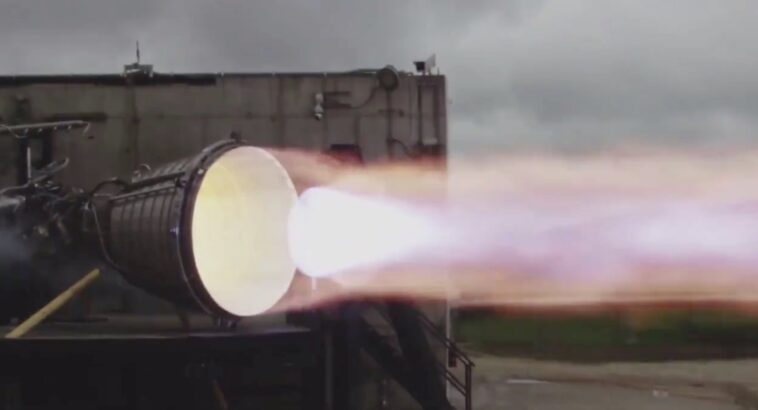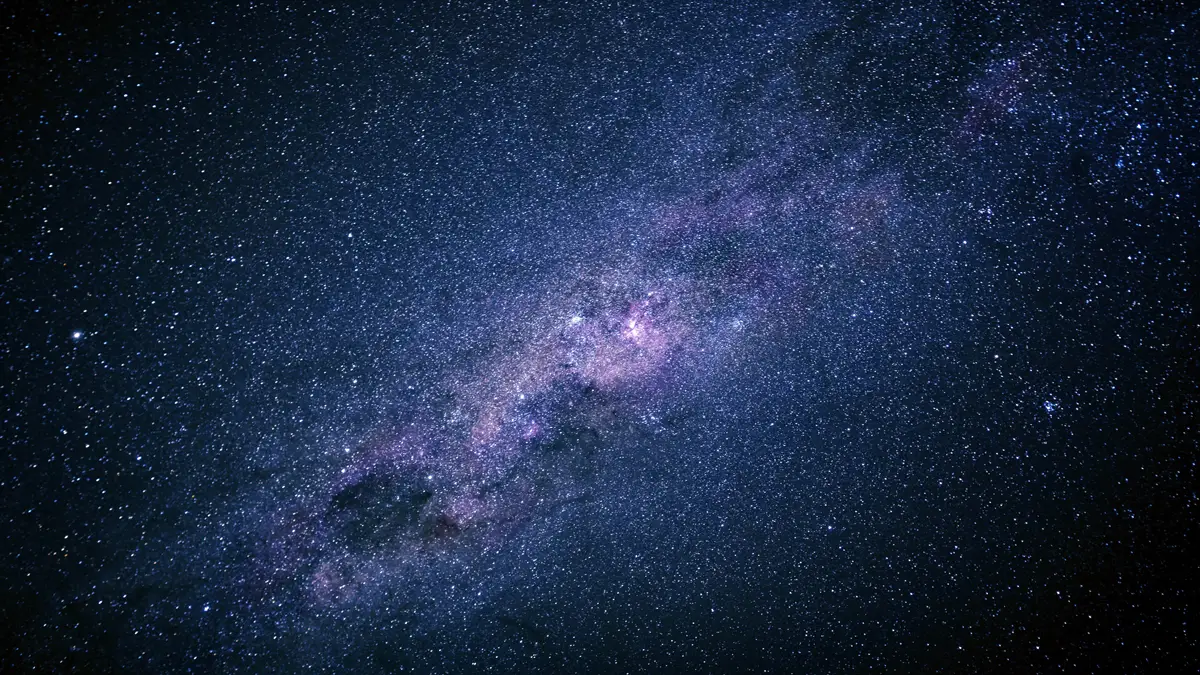Space Exploration Technologies Corporation (SpaceX) tested another Raptor engine late yesterday evening in McGregor, Texas as part of its engine development. McGregor is home to SpaceX’s engine development and testing facilities for both its Falcon workhorses and its Starship next-generation launch vehicle. Known as Raptors, the engines that will power Starship are presently being tested by SpaceX in Texas as the company continues to produce and stockpile the engines in preparation for a much-anticipated orbital test flight of Starship later this year.
While the Merlin engines that power the Falcon rocket are smaller in size, the Raptor has a more powerful design and fuel than its predecessor. In order to maximize efficiency, part of the gases used to start the engine will be recycled, while also keeping in mind the limitations of propellant generation on the Martian surface, which is the ultimate planned choice for the engine and its rocket.
The engines are built and tested in McGregor, Texas, before being sent either to Boca Chica, Texas or to Florida, for the Merlin engines. After the engines have been installed into SpaceX’s rockets, most of the testing is done in Texas. The current generation of Raptor engines, the Raptor 2, began testing in December, and since then SpaceX has been firing the engines at a furious rate. As a result, each Raptor 2 engine is designed to produce greater thrust at a higher pressure than its predecessor.
SpaceX is testing the performance increases as rapidly as it can in order to learn from any failures, in accordance with its strategy of failing fast to learn more. At about 19:00 local time in Texas yesterday, the last of these tests saw the engine shut down immediately upon starting. The test stand’s water suppression system can be seen spewing steam when the engine ignites, with the characteristic’sucking’ sound of the ignition clearly audible.
As soon as the engine begins to run for around four seconds, flames begin to erupt on the right side of the stand, and smoke begins to billow from the test stand. In contrast to earlier successful Raptor 2 tests done at the same platform, these clouds are unusual. Because NASASpaceflight combines feeds from four cameras into a single frame, which excludes high-definition images of the test location, the results of the test are now unknown.
The Raptor 2 has been the subject of fast testing for months, and yesterday’s failure is an unusual occurrence. The last severe failure occurred in January when the engine melted its internal components and emitted green flames during a test at a separate facility, also near McGregor.
With the Raptor 2, SpaceX hopes to surpass the first-generation engine’s thrust capacity of 230 metric tonnes (up to 250 metric tonnes). The pressure at which fuel and oxidizer are blended in the engine’s combustion chamber is referred to as “chamber pressure” in rocketry.
When the couple is ignited, their by-products provide thrust, allowing a rocket to take off from the ground. The Raptor 2’s fuel is Methane, and its oxidizer is liquid Oxygen. Prototype rockets are manufactured, tested for flaws, and repaired in as little as two weeks at SpaceX’s Boca Chica launch and rocket test facilities in Texas. To get the FAA’s green light, the business is now focused on Booster 7, the lower stage of Starship’s upper stage, which is currently being developed.
Source: Wccftech




